March 2020 updates: highlights from around the world
Illustrations are helping researchers understand NTDs in Nigeria, plus news from Mozambique, Pakistan, India and the UK.

Nigeria
Programme teams in Nigeria asked a local artist to illustrate findings from a research project to better understand the experiences of people with NTDs and frontline health workers in managing the diseases.
Sightsavers, in partnership with the Nigerian Ministry of Health and the Liverpool School of Tropical Medicine, is carrying out research in Kebbi and Benue states in Nigeria.
As part of a community-based participatory research approach, researchers worked with people with NTDs and community health workers to explore how people access healthcare.
A local artist, Christian Okwananke, was asked to illustrate some of the themes from the research, creating some striking and poignant images. The illustrations were displayed, and the researchers and project planners discussed them together.
Everyone found it much easier to discuss the issues when they were illustrated in this way, and the images brought a lot of the experiences to life.
The illustrations showed people with NTDs experiencing stigma and isolation, poor mental health and loss of livelihoods, while health providers felt guilt and frustration at their inability to do more, were often overwhelmed and incurred significant out-of-pocket expenditure to try and help.
Now Sightsavers is able to use these experiences to further its research, identify potential solutions, and work towards eliminating NTDs in the region.
“We shouldn’t plan programmes in isolation – we need to get these people in the room, get them to air their views, get them to provide perspectives… and I think NTD programmes going forwards are going to be much better because now we have captured the voices of otherwise unheard people,” said Martins Imhansoloeva, Research Coordinator.
For more information about the project and how our research is helping to change lives, visit the research centre. More from Nigeria
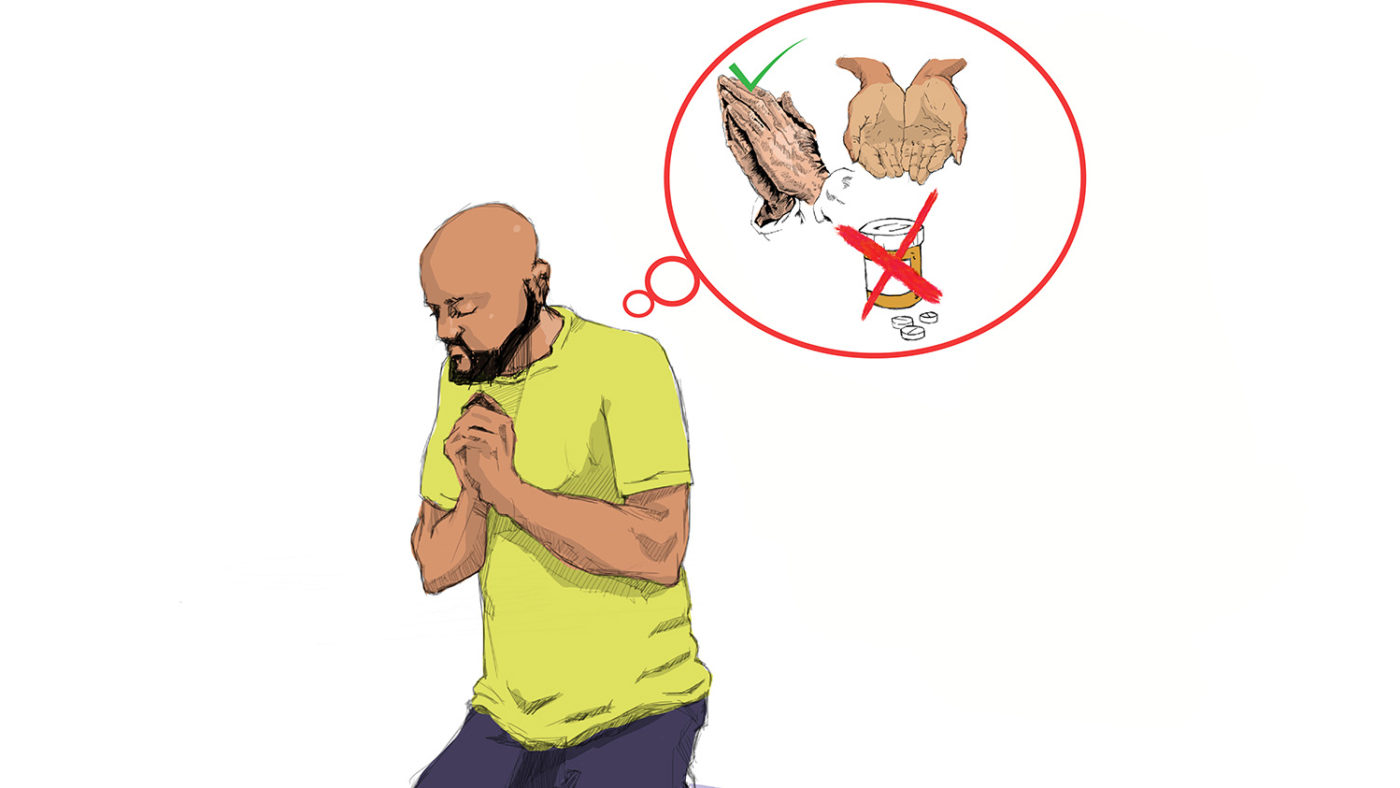
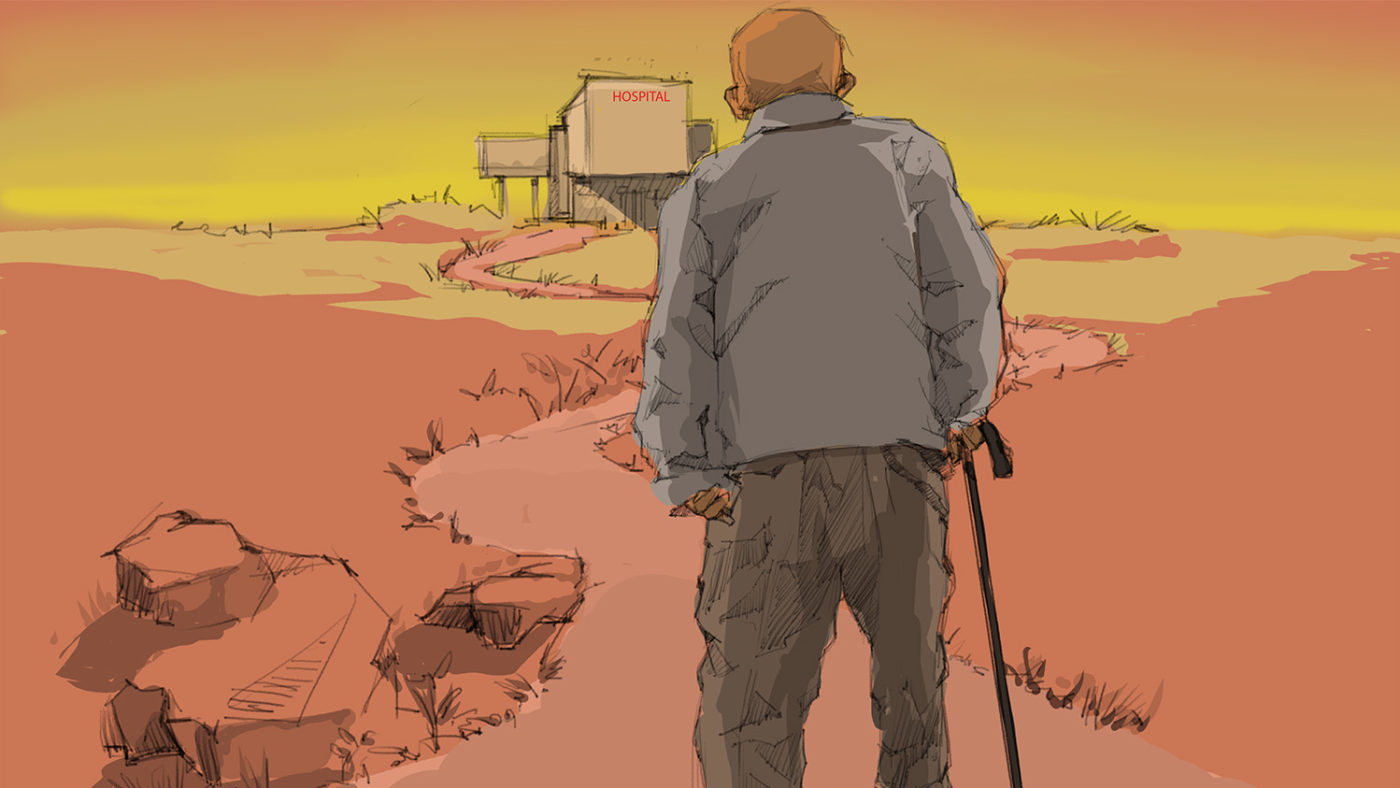
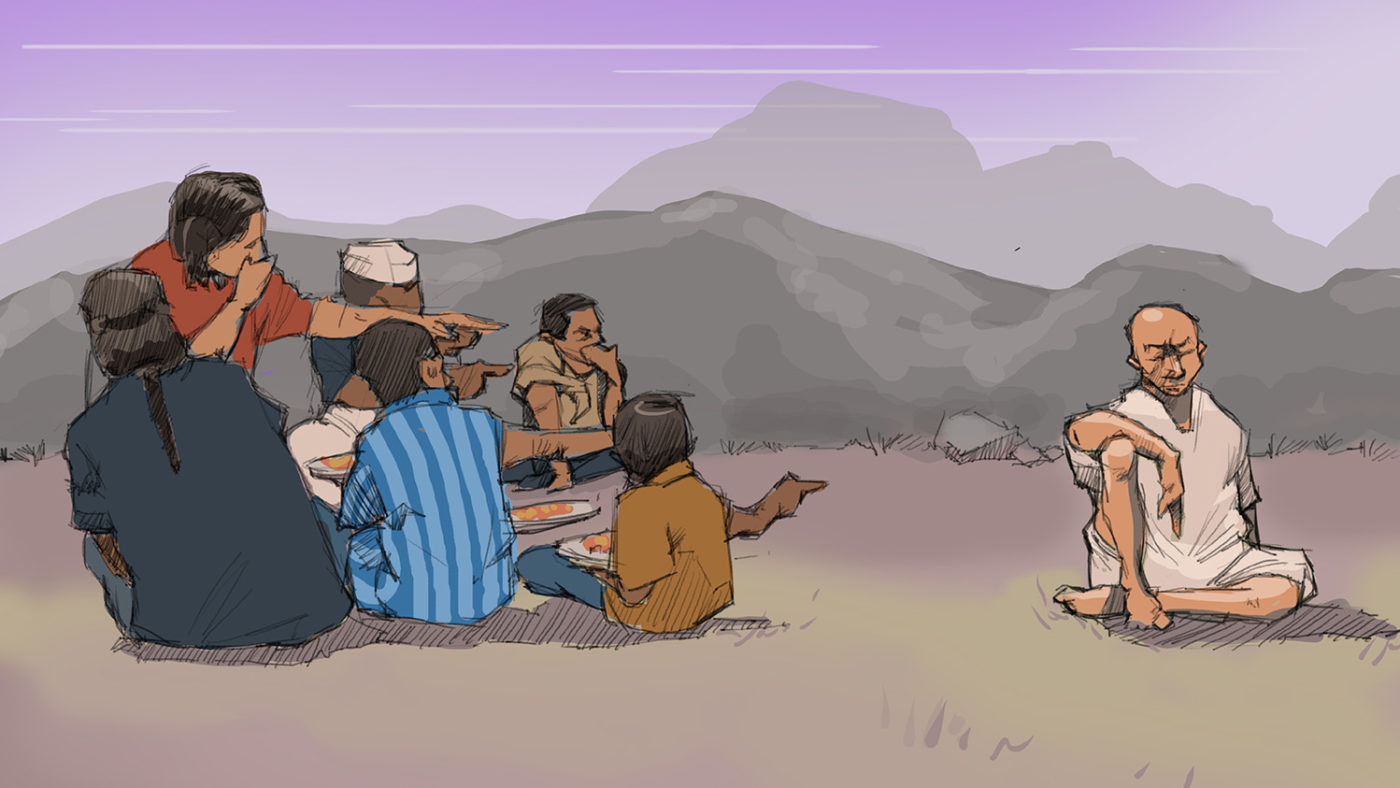

Mozambique and Pakistan
On 8 March, offices around the world celebrated International Women’s Day, which this year had the theme ‘Each for Equal’.
In Rapale, Nampula province of Mozambique, around 300 people attended a health fair which focused on ophthalmology, reproductive health, family planning, prevention and care with HIV/Aids and maternal health.
It involved partners from various health programmes at the provincial level, and ICAP, Pathfinder, DKT, the Provincial Directorate for Gender and Social Action and the Provincial Directorate of Health. More from Mozambique
In the Pakistan country office, Sightsavers staff celebrated International Women’s Day by acknowledging the contributions of some inspirational women. In partnership with the Pakistan Women Writers Forum, Sightsavers organised a ceremony for the launch of a new book, called Tanisiat ka Naya Dor, which means in English ‘A new era of Feminism’.
The book is a collection of short stories from Urdu classics highlighting women’s issues. It also features some stories and interviews from contemporary women writers with disabilities. The event was attended by more than 100 people. More from Pakistan
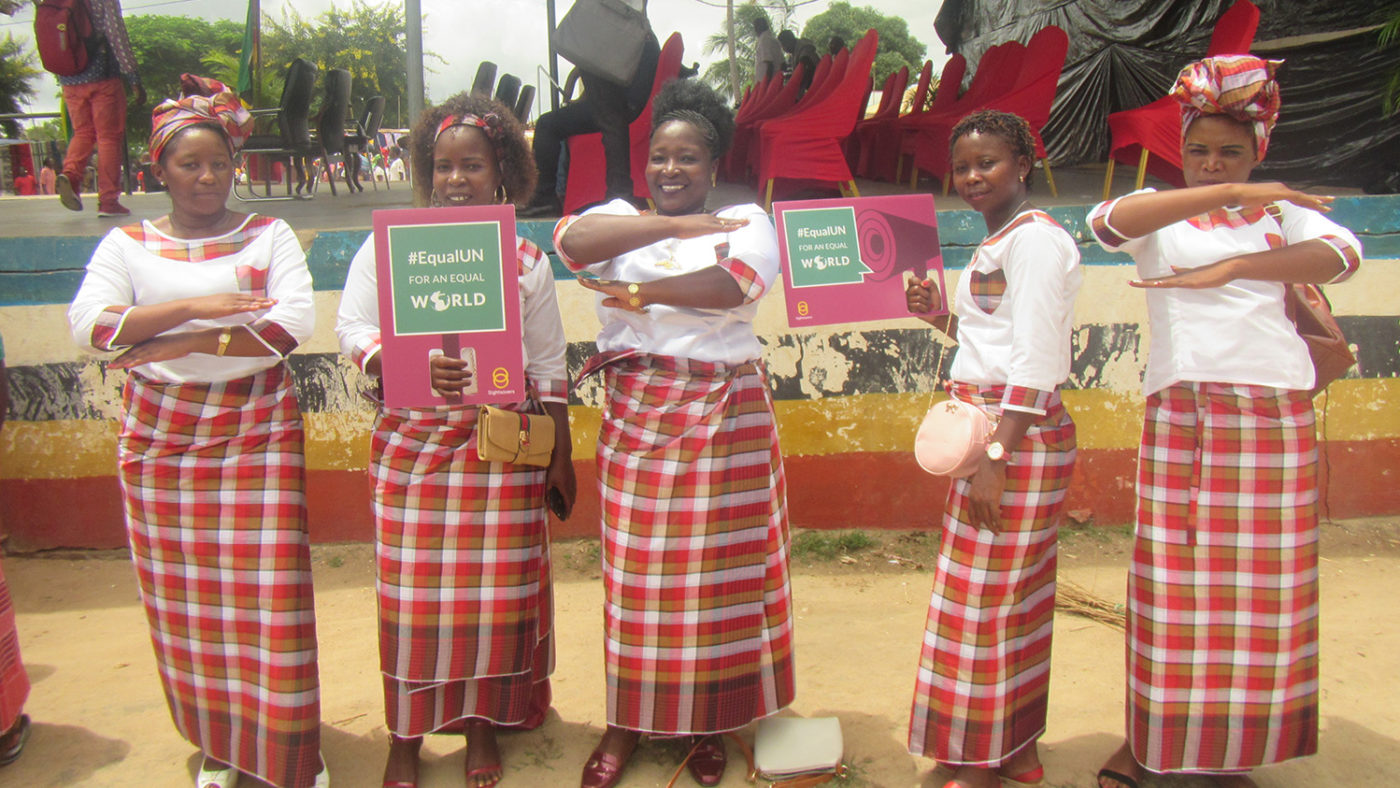
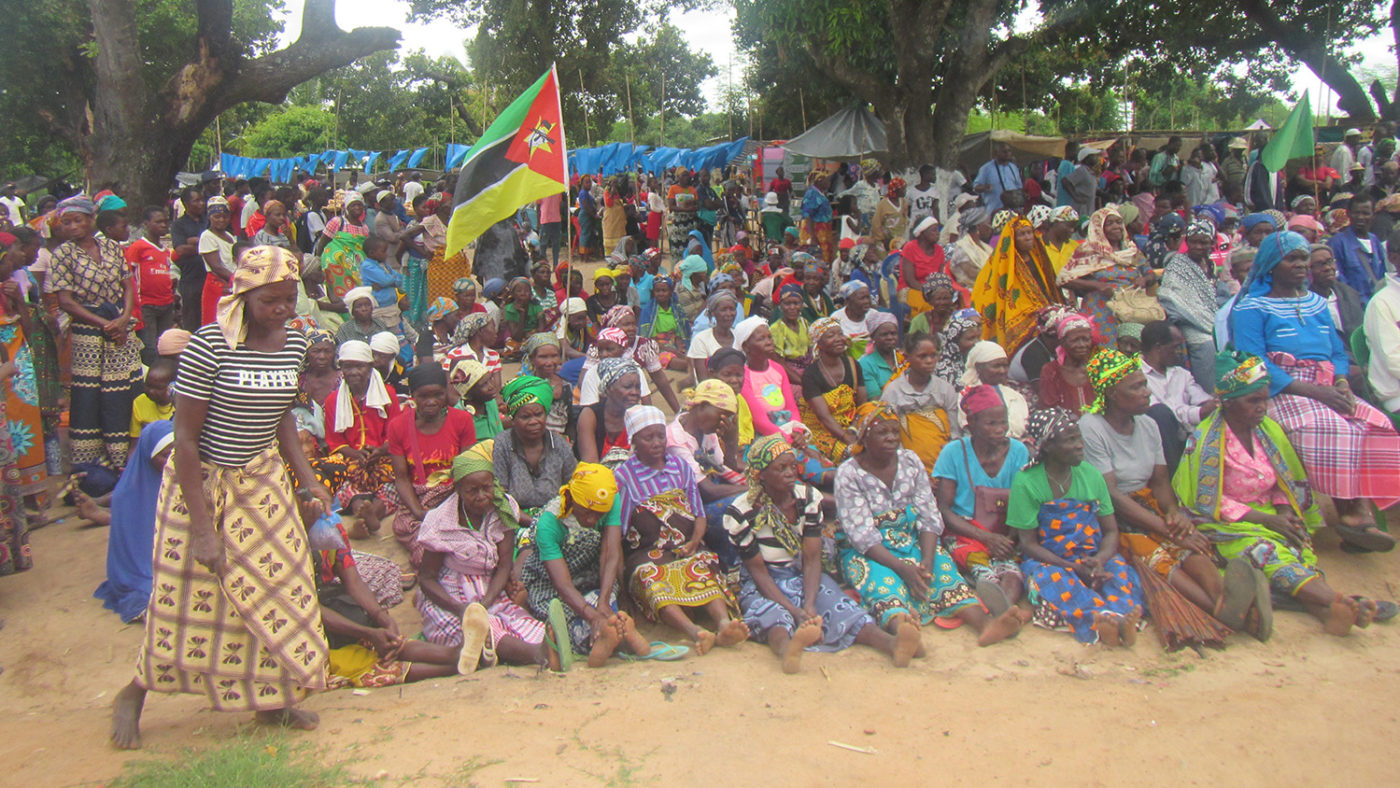
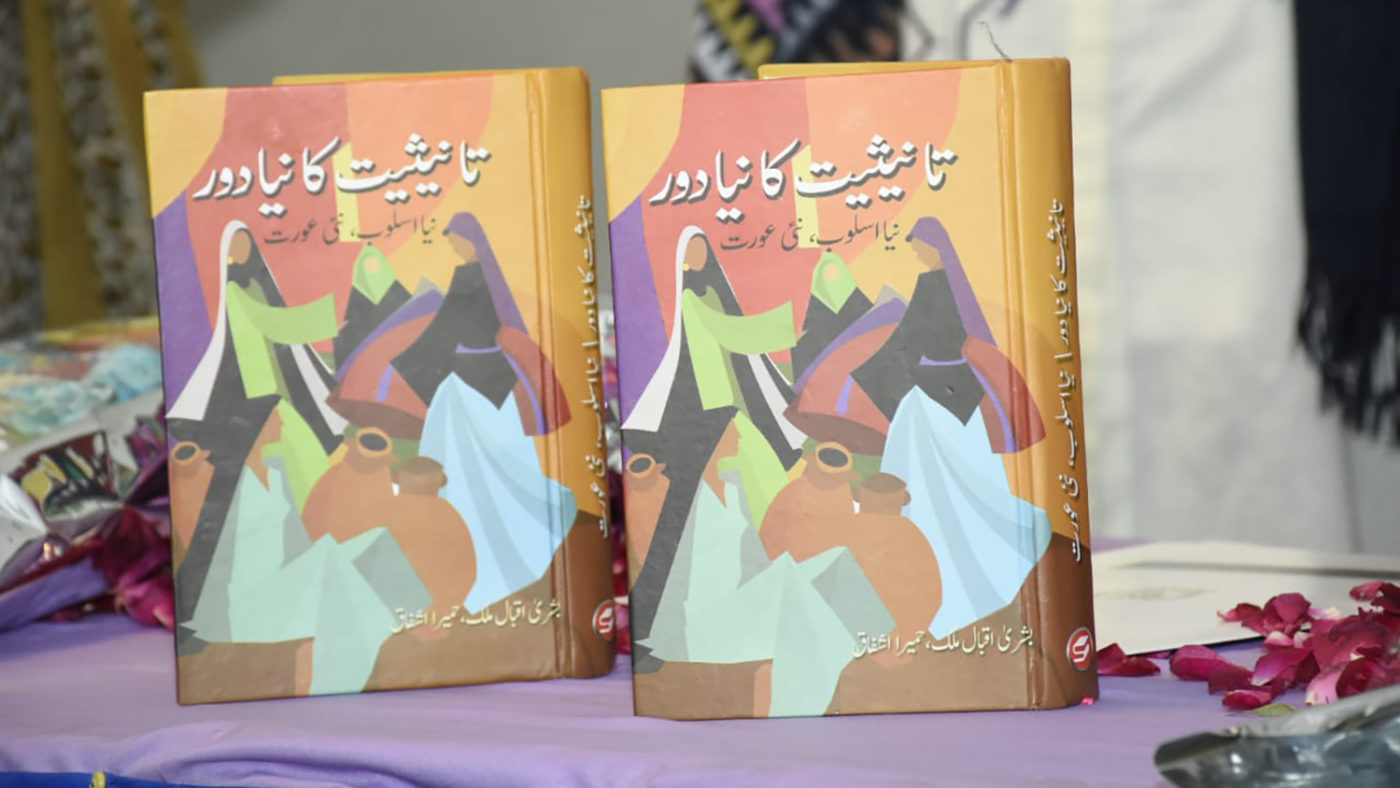
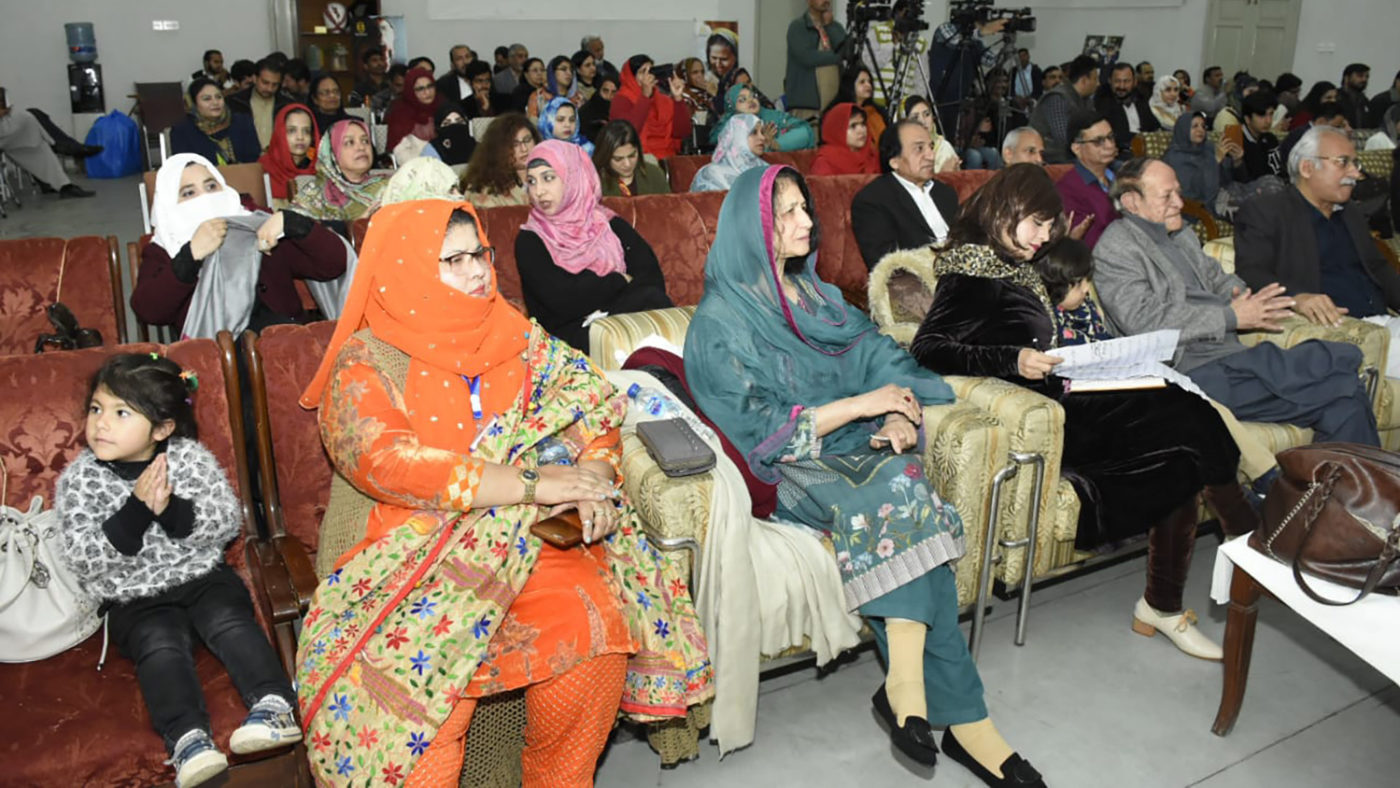
UK and Kenya
In March, a selection of images featuring Sightsavers’ work fighting trachoma in remote regions of Kenya were featured on the Guardian website.
The powerful images feature Samson Lokele, who has also been featured on the BBC and at the Science Museum, as he travels to the most remote parts of Turkana, Kenya, to help some of the most vulnerable people with trachoma. Many belong to nomadic tribes, who move around often. So they have to operate immediately where they can – in schools, a makeshift hut or even under the shade of a tree.
“We need to track people, ask where they have gone. If I find them, I try to operate then and there, as they might not be there when I get back,” says Samson.
The team in Turkana has grown substantially over the past 10 years, and now includes eight surgeons, 16 ophthalmic nurses, three optometrists, 38 assistants, 250 community health workers, and close to 2,000 volunteers, who usually travel by motorbike.
The only female volunteer in the area is Ngurotin Lung’Or, who travels round villages looking for people who need treatment, and also educating people about good hygiene. She found many people were using traditional methods, like rubbing herbs in the eye, to try and ease their pain. “This was making things worse, many people went blind… I put all my mind on learning about trachoma so I’ll be able to educate my people and reduce their pain,” she says.
Thanks to the hard-working team, Turkana has gone from having the highest prevalence of the disease in Kenya to the smallest. More from Kenya
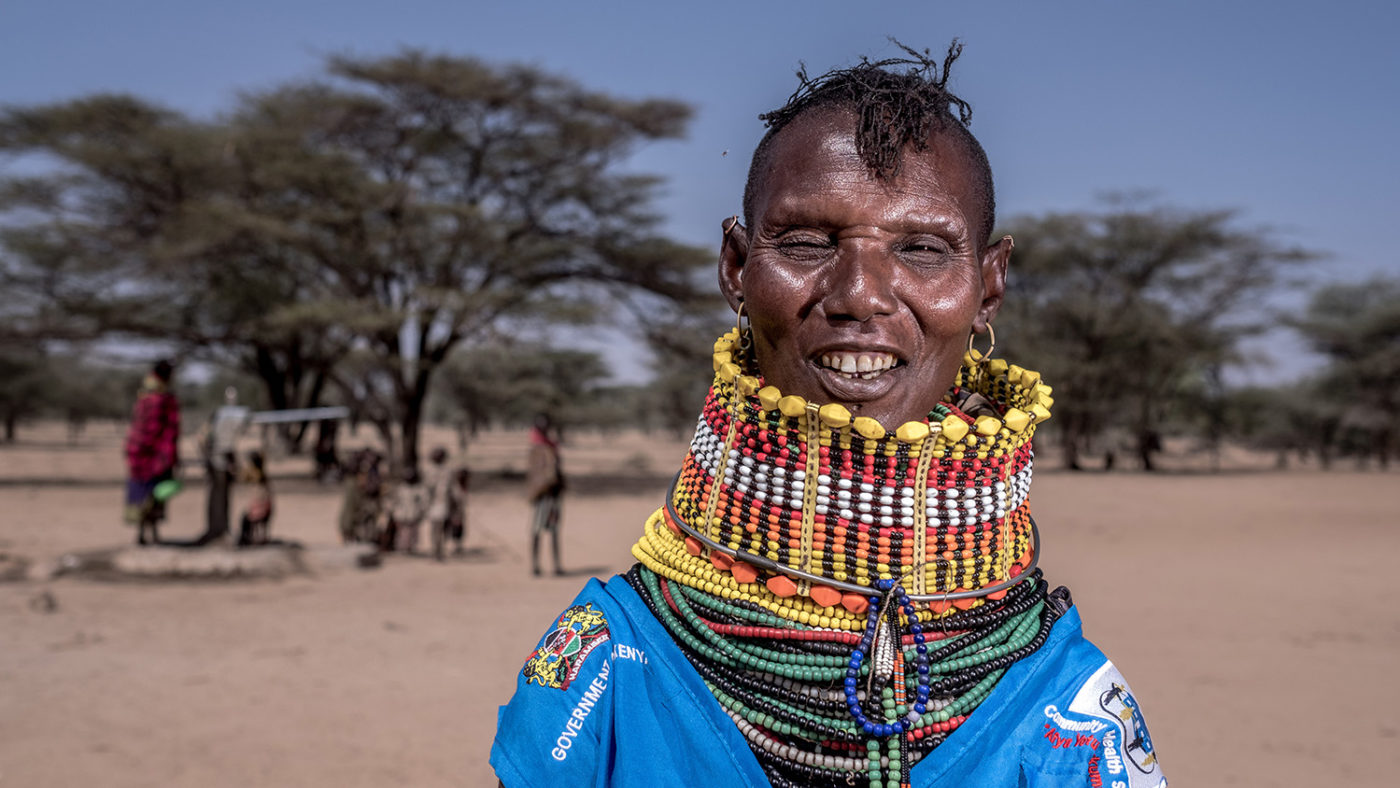
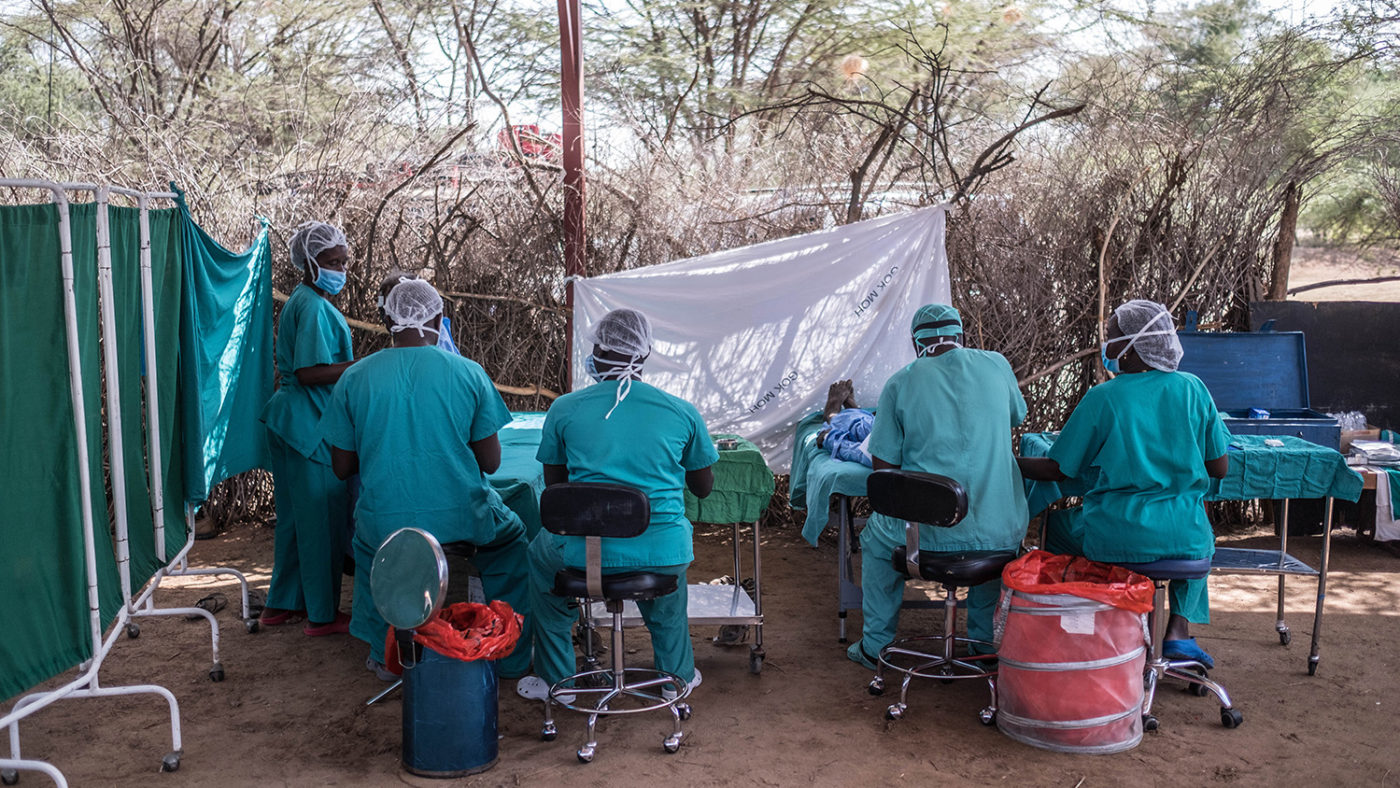
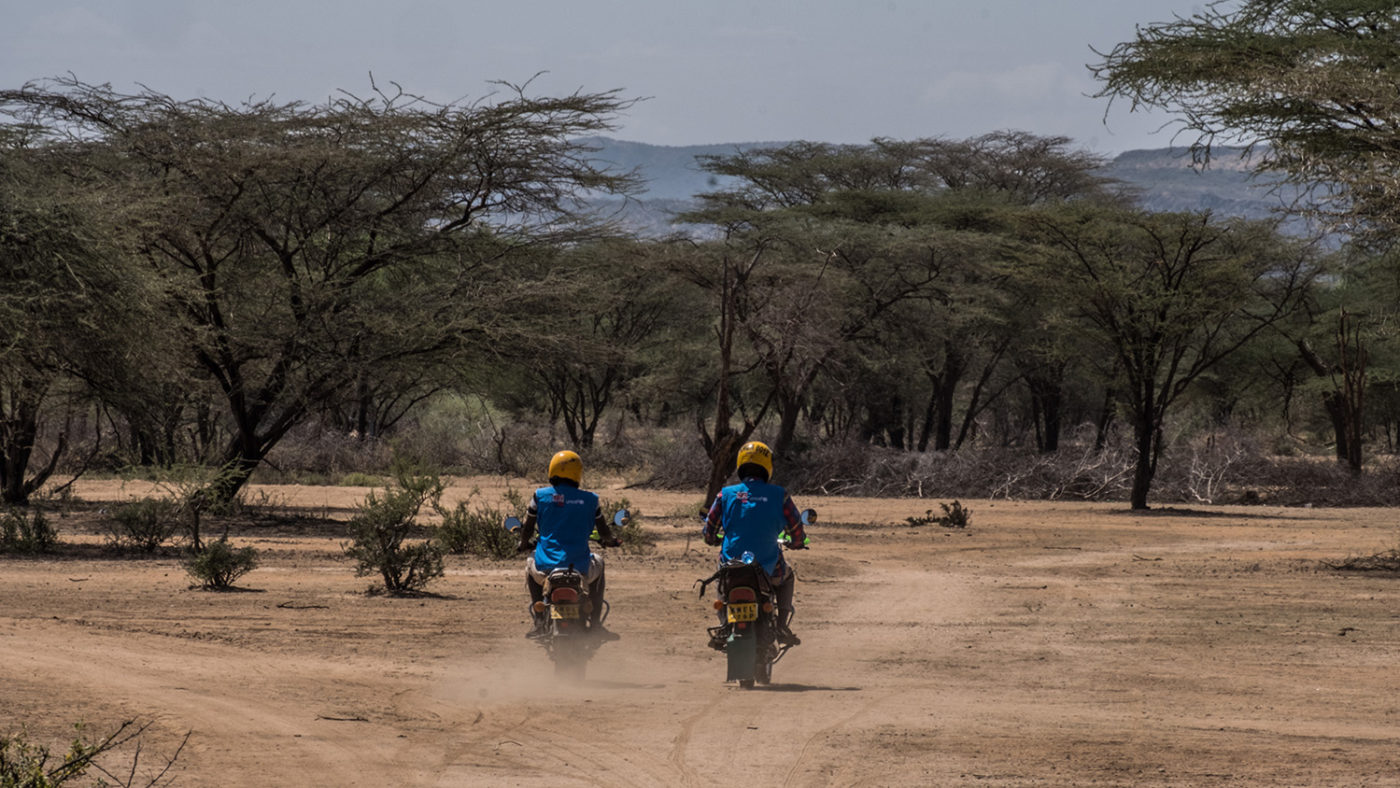
India
Sightsavers India reached the historic milestone of one million sight-saving surgeries across the country between 2015 and 2019.
To commemorate this, Ranjan Kumar Ganguly, an international sand artist, carved a sand sculpture at the Gopalpur Beach in Odisha. The sculpture depicts a big open palm with an eye placed in the middle of it, with a message saying ‘1 Million Gifts of Sight’. In the last five years, the organisation has efficiently delivered 1,018,148 cataract surgeries.
One person to benefit from sight-saving surgery is 65-year-old Biharilal Kachi from Katni district. He is known as the ‘bicycle doctor’ as he makes a living by repairing bicycles for the entire village and the neighbouring ones too. But one day he started feeling pain in his right eye which spread to the left eye. Gradually he lost vision in his right eye so he was not able to identify his working tools, meaning he was unable to work. He tried medicine, but it did not improve his condition.
A few months later he was told about a free eye-screening camp organised by Sightsavers partner Samaritans Social Service Society, funded by Fullerton India Credit Company Ltd. He was diagnosed with a cataract in his right eye. He was referred for surgery and had the operation just a couple of days later. Now he is able to see properly and clearly, and is back repairing bicycles once again. More from India
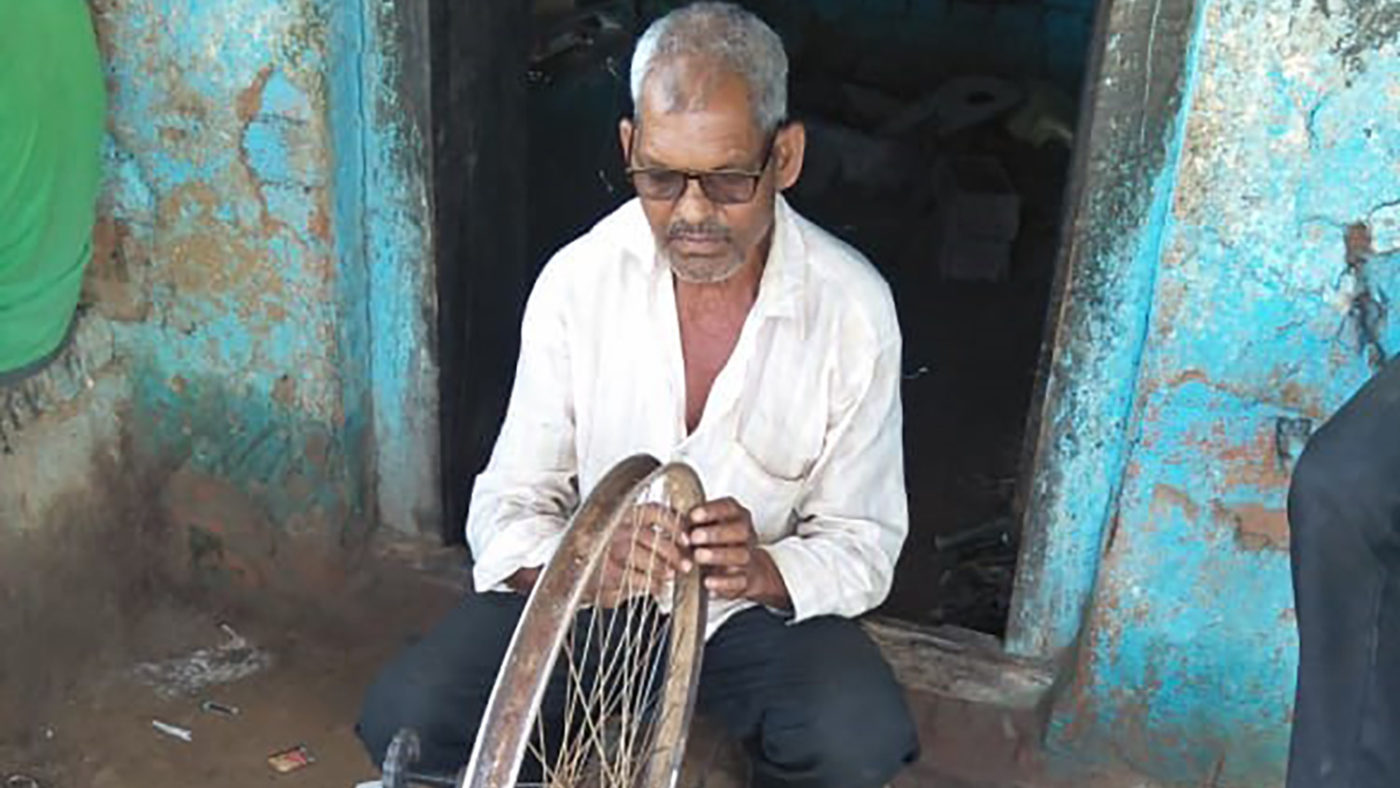
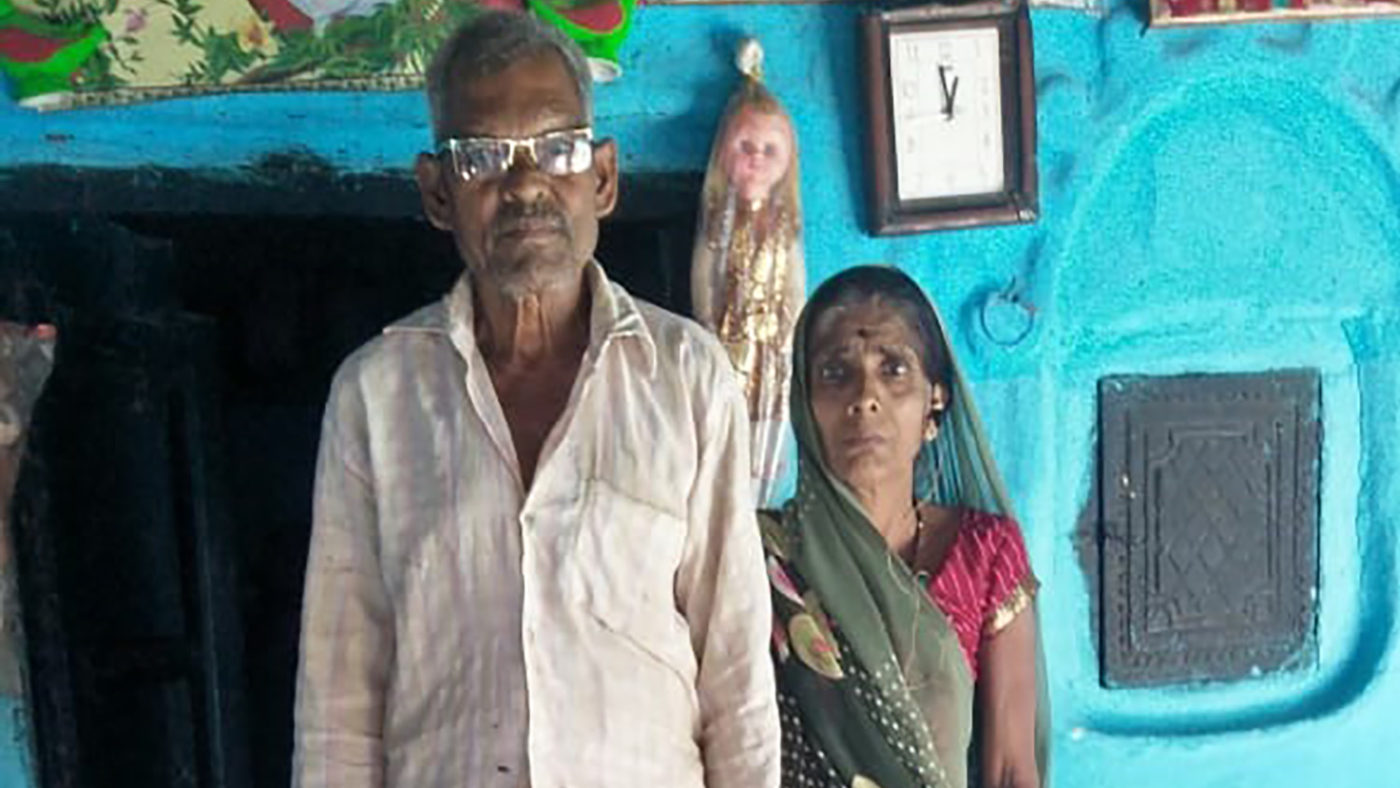
Read about our work around the world
Where we workMore stories from the field
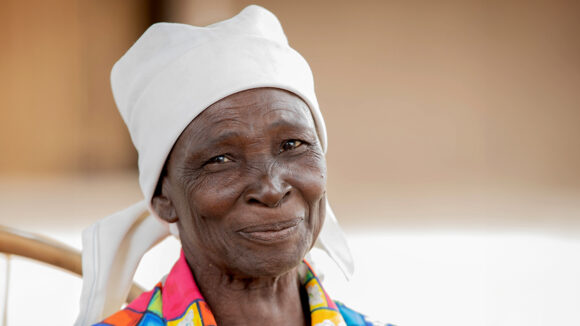
“I’m a living testimony of cataract surgery”
When Angeshita regained her independence after her eye operation, so did her family. They are now able to return to school and work, giving them all hope for the future.
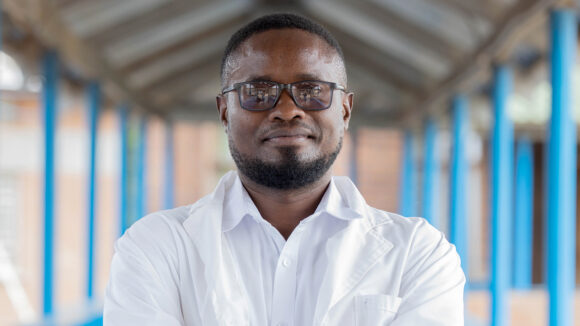
Alinafe cuts the queues
Learn about one man's mission to make a difference in Malawi by training as an eye health specialist.
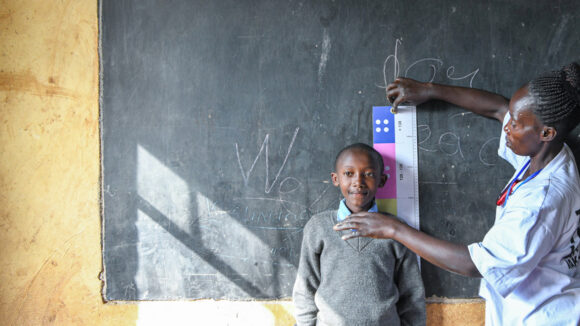
“Our programme has transformed communities”
Now in its sixth year, the Accelerate programme has already delivered 53 million treatments to protect people from trachoma, and managed 91,000 advanced cases of the disease.